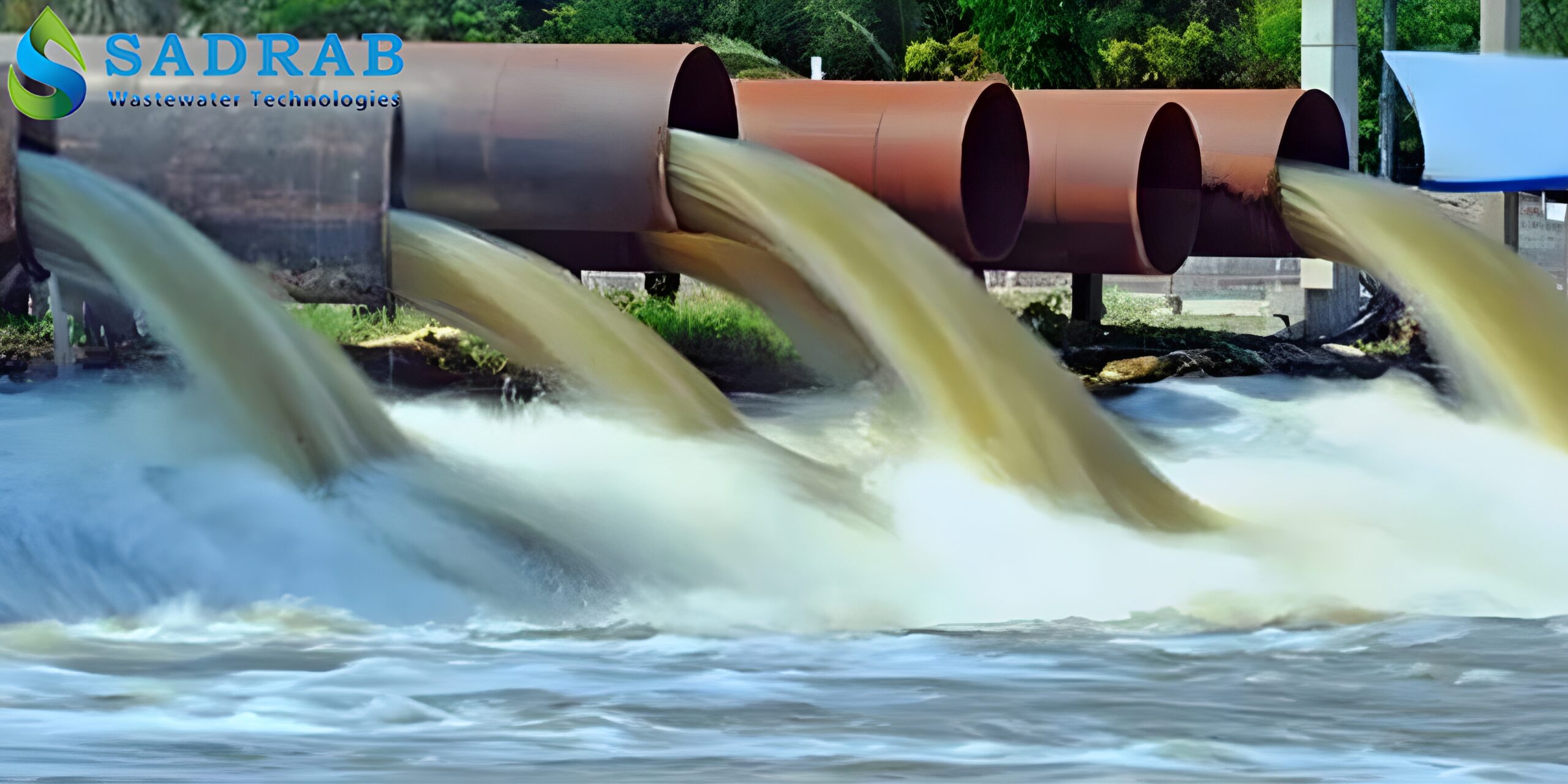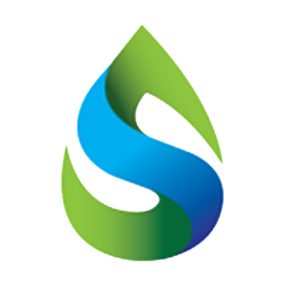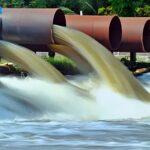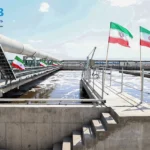Design and Implementation of Modern Industrial Wastewater Treatment Systems
The design of industrial wastewater treatment is one of the most critical aspects of environmental protection and sustainable water resource management. With the growth of various industries, the production of wastewater containing complex pollutants such as chemicals, heavy metals, and organic compounds has increased. Designing and implementing industrial wastewater treatment systems and treatment plants requires technical expertise, advanced equipment, and customized solutions. In this article, we will explore the importance of industrial wastewater treatment, different treatment methods and systems, the stages of treatment plant design, and the role of leading companies such as Sadrab in this field.
The Importance of Industrial Wastewater Treatment
Industrial wastewater poses a major environmental challenge due to the variety of pollutants and the high volume of discharge. The release of untreated wastewater into water sources, soil, and air can have devastating effects on ecosystems and human health. Therefore, designing industrial wastewater treatment systems to reduce pollutants to environmentally acceptable standards is essential. These systems not only help protect the environment but also enable water recycling and reuse within industrial processes.
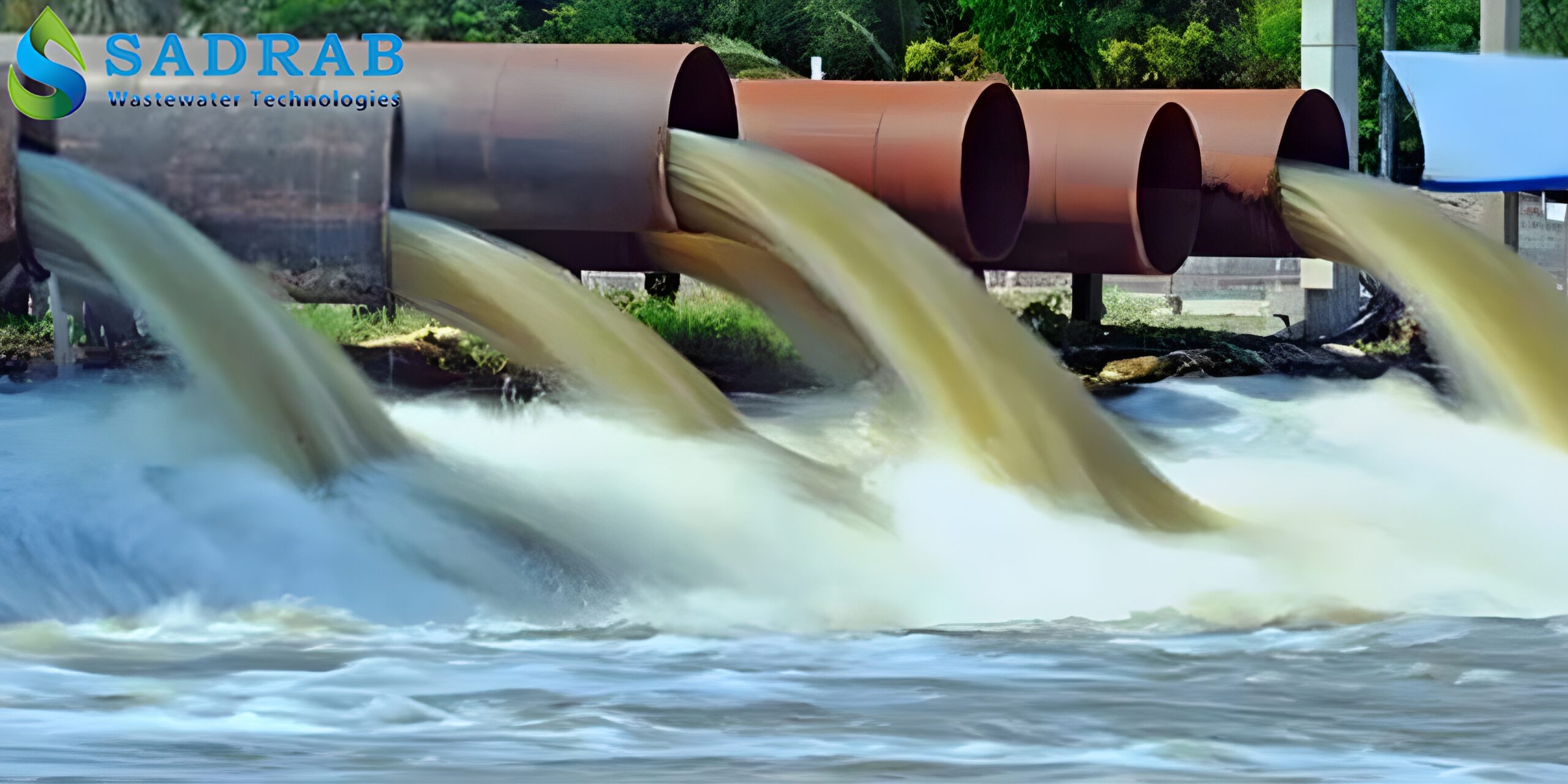
Types of Industrial Wastewater Treatment Methods and Systems
Industrial wastewater treatment methods are generally classified into two main categories: physico-chemical and biological processes. The appropriate method is selected based on the type of pollutants, wastewater characteristics, and treatment goals. Below are some of the most common methods:
Physico-Chemical Methods
Sedimentation and Flotation: Used to separate solid particles and fats from wastewater. Equipment such as screens and grease traps are utilized at this stage.
Coagulation and Flocculation: By adding chemicals (e.g., aluminum sulfate), fine particles aggregate and settle.
Filtration: Sand, carbon, or membrane filters are used to remove suspended solids and some dissolved pollutants.
Neutralization: pH adjustment of the wastewater to improve the efficiency of subsequent processes and prevent equipment damage.
Biological Methods
Extended Aeration Activated Sludge (EAAS): Involves prolonged aeration to decompose organic materials, suitable for low-strength wastewater.
MBBR (Moving Bed Biofilm Reactor): Uses floating media with biofilms to degrade pollutants. It’s highly efficient and space-saving.
MBR (Membrane Bioreactor): Combines activated sludge with membrane filtration, producing high-quality effluent.
IFAS (Integrated Fixed-Film Activated Sludge): Integrates fixed biofilms with activated sludge to enhance treatment efficiency.
These methods can be applied individually or in combination, depending on the specific needs of the industry and wastewater characteristics.
Recommended article: Hospital wastewater treatment package
Stages of Designing Industrial Wastewater Treatment Systems and Plants
Designing an industrial wastewater treatment system or plant is a complex process that requires thorough analysis and planning. The main stages of design include:
1. Wastewater Analysis:
Assessment of parameters such as BOD (Biochemical Oxygen Demand), COD (Chemical Oxygen Demand), TSS (Total Suspended Solids), pH, and the concentration of specific pollutants.
This stage forms the foundation for selecting an appropriate treatment method.
2. Selection of Treatment Method:
Depending on the type of contaminants, wastewater volume, and discharge standards, physical, chemical, or biological treatment methods are chosen.
3. Equipment and System Design:
Includes the design of sedimentation tanks, aeration systems, pumps, filters, and control equipment.
Energy optimization and cost reduction are key considerations in this phase.
4. System Customization:
Each industry has unique characteristics; therefore, treatment systems must be tailored to meet the specific needs of the facility.
5. Installation and Commissioning:
The project is implemented according to technical and safety standards, followed by initial testing to ensure proper system performance.
A precise and professional design ensures high efficiency and minimizes environmental impact.

The Role of Sadrab Company in the Design and Implementation of Wastewater Treatment Systems
Sadrab Company, as one of the largest companies in Iran specializing in the design and implementation of wastewater treatment systems, plays a prominent role in this industry. With over a decade of experience, the company has successfully executed numerous projects across various sectors including food, pharmaceutical, chemical, and livestock industries.
Recommended article: Greywater Treatment Package
Sadrab Company Services
Custom System Design:
Utilizing advanced technologies such as Extended Aeration Activated Sludge, MBBR, MBR, and IFAS to meet the specific needs of each industry.
Equipment Manufacturing:
Production of composite wastewater treatment packages, lamella plates, and other necessary equipment.
Execution and Support:
Installation and commissioning of treatment plants with comprehensive technical consulting and after-sales support.
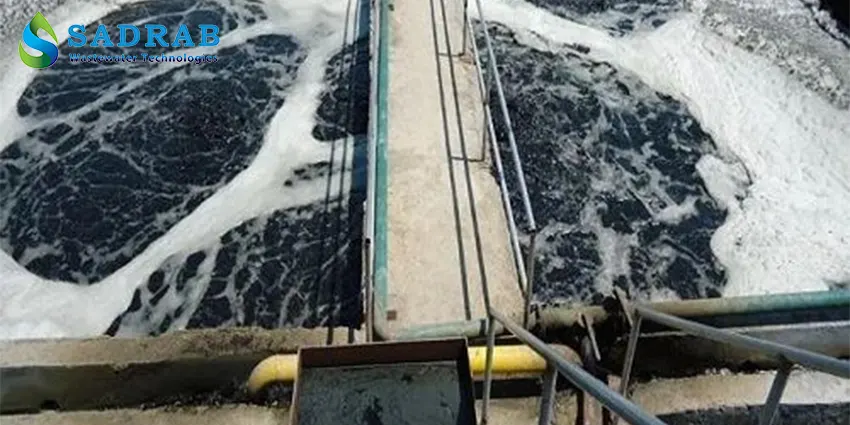
Key Projects
Wastewater treatment for dairy and food industries
Treatment plant design for chemical and pharmaceutical industries
Wastewater treatment systems for slaughterhouses and livestock facilities
Sadrab Company, relying on a team of expert engineers and cutting-edge technologies, delivers efficient and sustainable solutions for industrial wastewater management.
Advantages of Professional Wastewater Treatment System Design
Environmental Protection: Reduces pollution of water and soil resources
Water Reuse: Enables reuse of treated effluent in industrial processes
Cost Reduction: Optimizes long-term consumption of energy and chemicals
Regulatory Compliance: Meets environmental standards and avoids legal penalties
Conclusion
Industrial wastewater treatment and the professional design of treatment systems are essential steps toward sustainable development and environmental protection. The use of advanced technologies such as MBBR, MBR, and Activated Sludge, along with expert system design, can significantly reduce the environmental impact of industries.
Companies like Sadrab offer effective and customized wastewater treatment solutions backed by extensive expertise and experience.
For a free consultation on the design and implementation of industrial wastewater treatment systems, contact +98 911 919 1911.


